Introduction to Continuous Follow-Up Implementation
In today's fast-paced and dynamic business environment, the ability to effectively follow up and implement strategies is crucial for success. Continuous follow-up implementation refers to the systematic process of monitoring, evaluating, and adjusting actions to ensure that goals are met and objectives are achieved. This approach is not only vital for businesses but also for individuals looking to enhance their personal and professional growth. In this article, we will explore the importance of continuous follow-up implementation, its key components, and practical strategies to ensure its effectiveness.
The Importance of Continuous Follow-Up Implementation
Continuous follow-up implementation is essential for several reasons. Firstly, it helps in maintaining focus on the objectives and goals set by an organization or an individual. By regularly reviewing progress, it becomes easier to stay aligned with the intended outcomes and make necessary adjustments when deviations occur. Secondly, it fosters accountability and responsibility, as it holds individuals and teams accountable for their actions and outcomes. This, in turn, promotes a culture of excellence and continuous improvement. Lastly, continuous follow-up implementation enables organizations to adapt to changing circumstances and market conditions, ensuring that they remain competitive and responsive to customer needs.
Key Components of Continuous Follow-Up Implementation
Implementing a continuous follow-up process involves several key components that work together to ensure its effectiveness. These components include:
Setting Clear Objectives: The first step is to define clear, measurable, achievable, relevant, and time-bound (SMART) objectives. This ensures that everyone involved understands the goals and the expected outcomes.
Developing an Action Plan: Once objectives are set, an action plan should be developed. This plan outlines the specific steps, resources, and timelines required to achieve the objectives.
Monitoring Progress: Regular monitoring of progress is crucial to ensure that the action plan is being followed and that any deviations are identified early on.
Collecting and Analyzing Data: Collecting relevant data and analyzing it provides insights into the effectiveness of the actions taken and helps in making informed decisions.
Adjusting Actions: Based on the analysis of data and the outcomes observed, actions should be adjusted as needed to stay on track and achieve the desired results.
Reviewing and Reflecting: Regular reviews of the process and outcomes are essential for learning and improvement. This involves reflecting on what worked well and what could be improved.
Strategies for Effective Continuous Follow-Up Implementation
Implementing a continuous follow-up process effectively requires adopting certain strategies. Here are some practical tips:
Establish a Follow-Up Schedule: Set a regular schedule for follow-up meetings and reviews. This could be weekly, monthly, or quarterly, depending on the nature of the objectives.
Use Technology: Leverage technology tools such as project management software, spreadsheets, and communication platforms to streamline the follow-up process.
Assign Responsibilities: Clearly define roles and responsibilities for each team member involved in the follow-up process to ensure accountability.
Encourage Open Communication: Foster a culture of open communication where feedback and suggestions are welcomed and valued.
Document Everything: Keep detailed records of the follow-up process, including action plans, progress updates, and any adjustments made. This documentation can be invaluable for future reference and improvement.
Provide Training and Support: Ensure that all team members are trained on the follow-up process and have the necessary support to carry it out effectively.
Challenges and Solutions in Continuous Follow-Up Implementation
While continuous follow-up implementation is beneficial, it is not without its challenges. Some common challenges include resistance to change, lack of resources, and insufficient time. Here are some solutions to address these challenges:
Address Resistance to Change: Communicate the benefits of the continuous follow-up process and involve stakeholders in the planning and implementation stages to gain their support.
Allocate Resources Appropriately: Ensure that the necessary resources, including personnel, budget, and technology, are allocated to support the follow-up process.
转载请注明来自河南军鑫彩钢钢结构有限公司,本文标题:《持续跟进落实英文:工作持续跟进 》

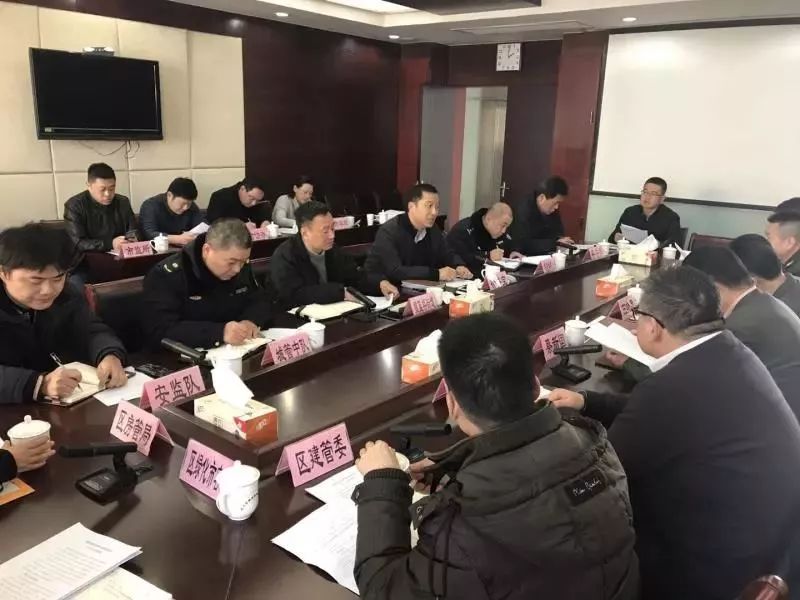




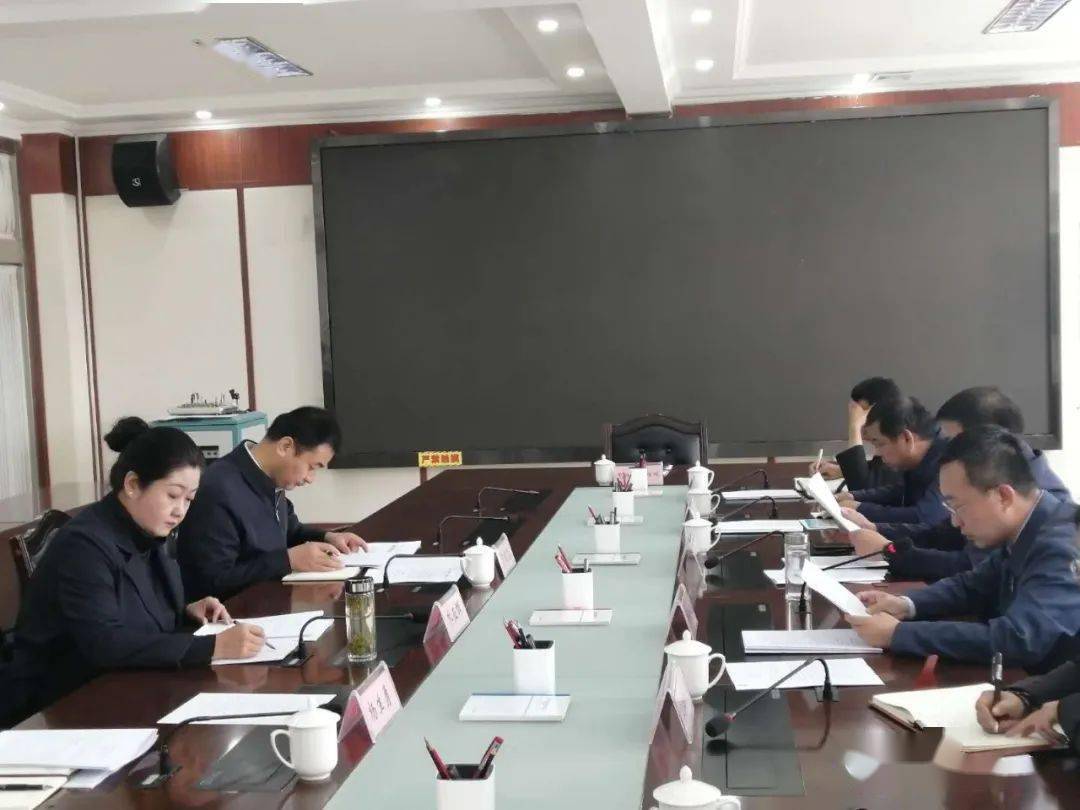
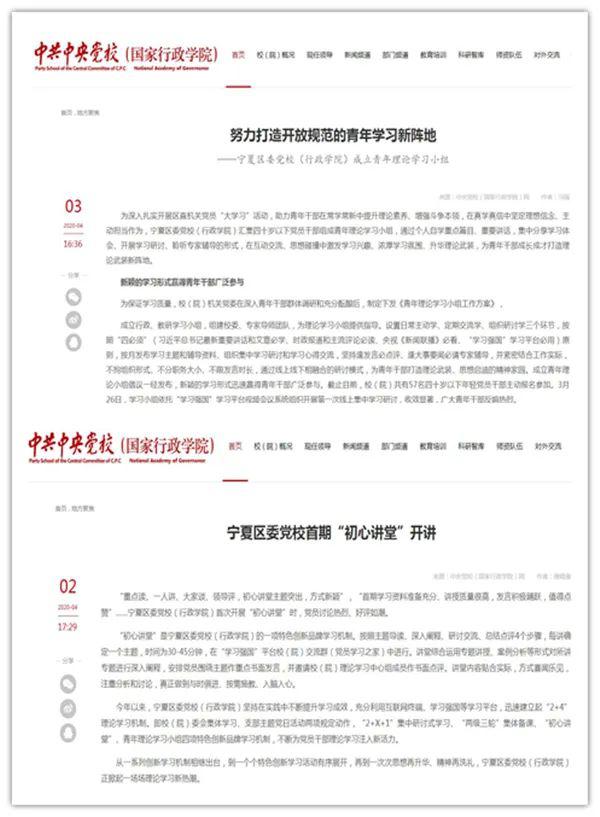

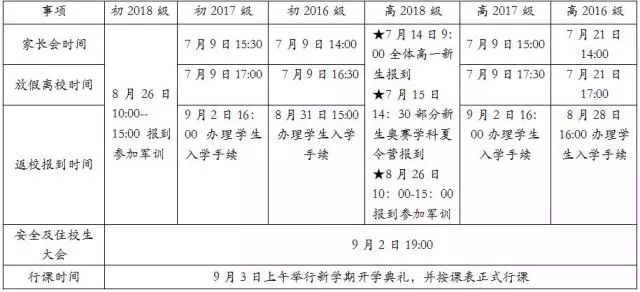


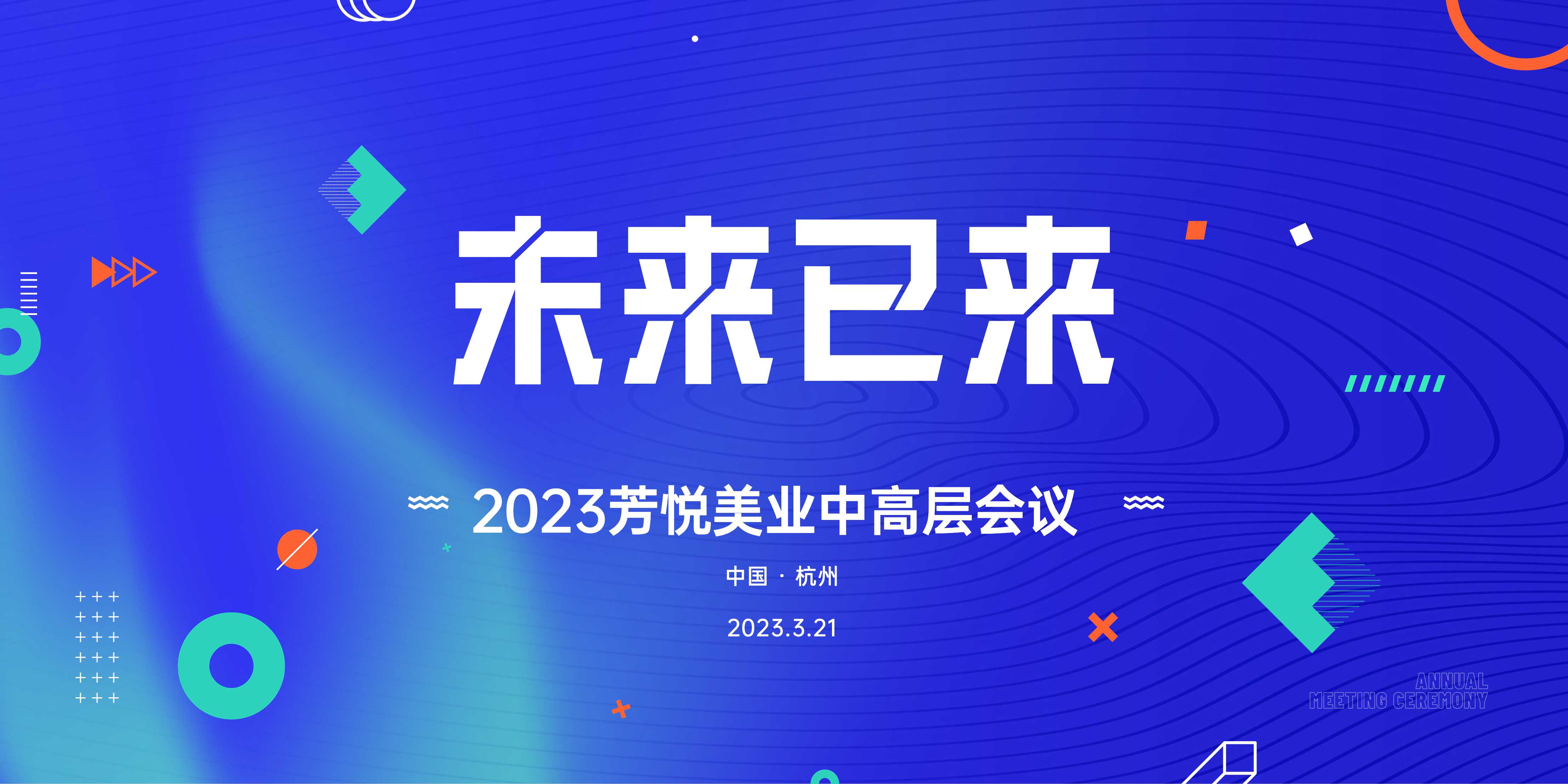



 京ICP备11000001号
京ICP备11000001号
还没有评论,来说两句吧...